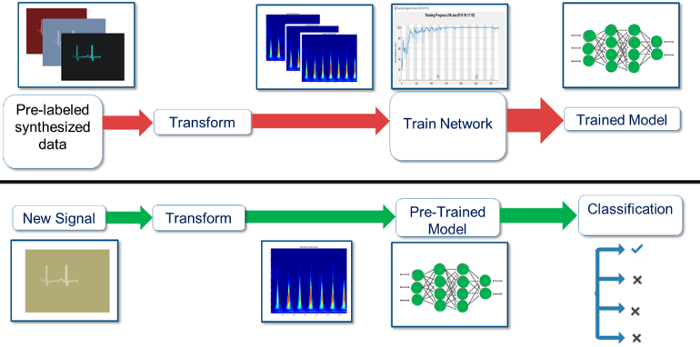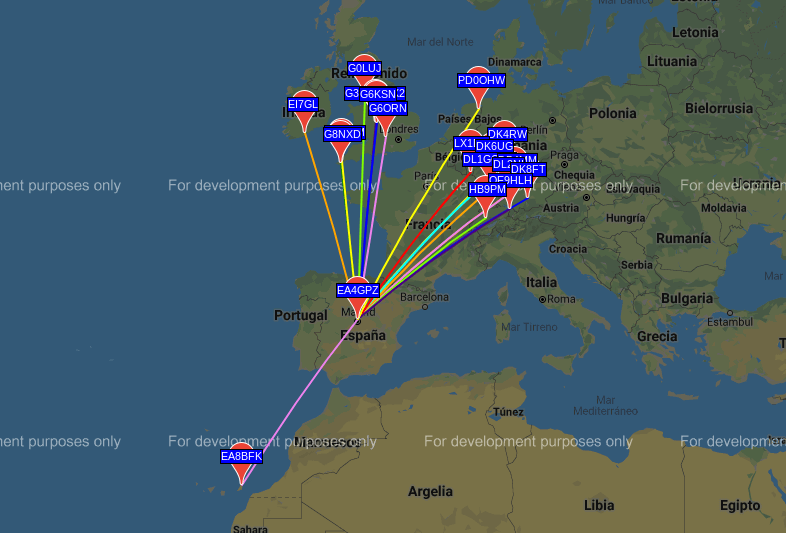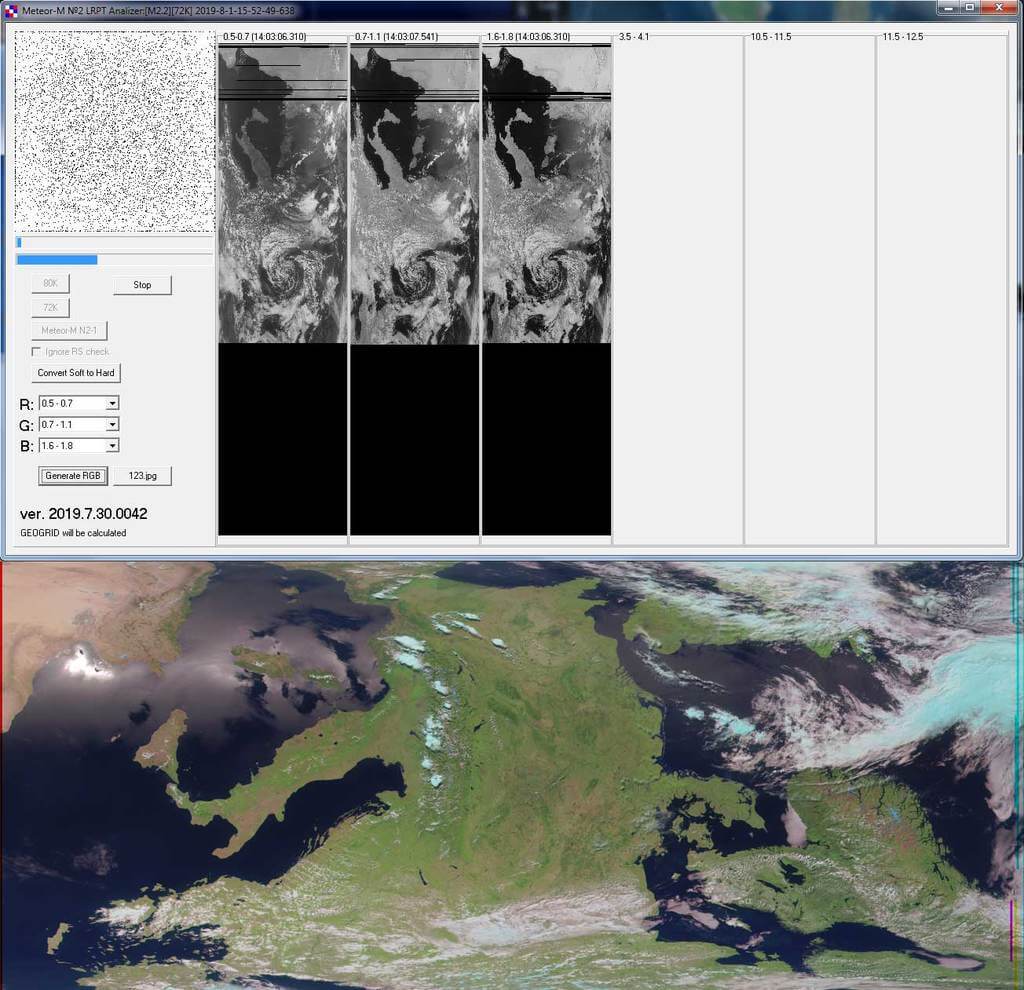KerberosSDR App Update: Heatmap + Precise TX Localizing & Turn by Turn Navigation Demo Videos
We have just released an updated version of the KerberosSDR Android direction finding app. If you didn't already know KerberosSDR is our experimental 4x Coherent RTL-SDR product. With it, coherent applications like radio direction finding (RDF) and passive radar are possible. Together with the KerberosSDR direction finding Android app it is possible to visualize the direction finding data produced by a KerberosSDR running on a Pi3/Tinkerboard.
The KerberosSDR hardware is currently in preorder status on Indiegogo for the second production batch, and we expect it to be ready to ship out this month. If you preorder then you'll be able to purchase a KerberosSDR at a reduced price of USD$130. After shipping for batch two begins the price will rise to USD$150.
The new version of the KerberosSDR Android app adds the following features:
- Heatmap Grid Plotting
- Precise TX location pinpointing when enough data points are gathered
- Turn by turn navigation to the RDF bearing direction / TX location
- Bearing moving average smoothing
To understand what these features are, we've released two demo videos showing them in action. In the first video we use the new features to find an 858 MHz TETRA transmitter, and in the second video we find a 415 MHz DMR transmitter. The first video explains the new features so we recommend watching that first.




